Answering the Question: Can Alpacas Eat Blackberry Bushes?
Ever wondered what’s on the menu for alpacas? I’ve often found myself pondering this very question. Specifically, do alpacas eat blackberry bushes? It’s a query that’s sparked curiosity and debate among alpaca owners and enthusiasts alike.
Alpacas, like their llama cousins, are known for their diverse diet. But when it comes to blackberry bushes, things get a bit prickly. Could these fluffy creatures really munch on something so thorny? It’s time we delve into the dietary habits of alpacas and answer this burning question.
Key Takeaways
- Alpacas have a varied diet, primarily consuming hay or grass, but can also graze on shrubs and trees.
- Alpacas tend to be selective eaters, preferring high-quality and tender plants.
- Despite the prickly nature of blackberry bushes, some alpacas have been observed browsing blackberry leaves and stems, carefully avoiding the thorns.
- Blackberry bushes can provide nutritional value for alpacas and act as a natural toothpick, however, they should only be part of a varied, balanced diet and not a regular staple.
- Feeding alpacas correctly requires attention to age, pregnancy status, and location. A diet should consist mainly of high-quality hay, grain balance, fruits, and low-sugar treats.
- Not every alpaca will eat blackberry bushes, as individual dietary preferences vary. Overconsumption of blackberry bushes could also potentially cause injury or digestive issues.
The Diet of Alpacas: Exploring Their Diverse Eating Habits
When it comes to the eating habits of alpacas, I’ve always found them to be fascinating creatures. Alpacas exhibit a varied diet that showcases their true adaptability to different environments. They primarily consume hay or grass but don’t shy away from a nice leafy treat now and then.
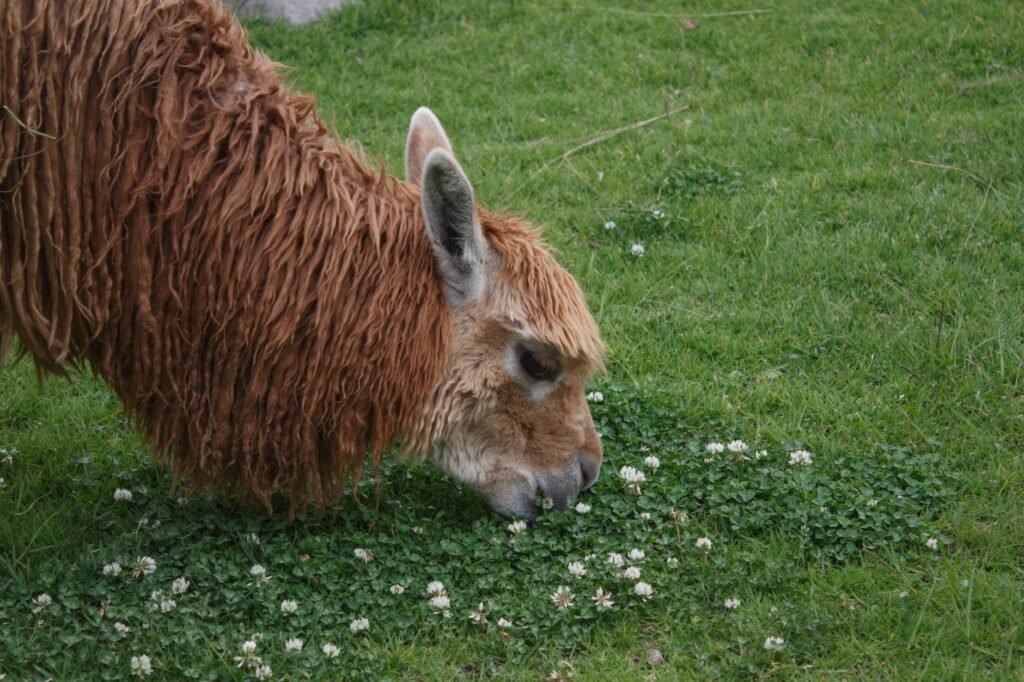
However, alpacas are selective eaters. So, what exactly does that entail? Well, it means that they usually prefer high quality, tender plants and will reject any plant that they find to be tough or bitter. Of course, the specifics will vary between individual alpacas, just as we humans have our preferences.
Let’s talk about their appetite for shrubs. This is where it gets a bit spiky. Alpacas have been seen gnawing on a wide range of shrubs and trees. It seems their enjoyment is not limited to what’s on the ground. Yet, their affinity towards blackberry bushes is somewhat perplexing – it’s an area many alpaca owners are curious about.
Well, the answer is quite interesting. Blackberries, as we know, are prickly. The thorns can be off-putting to many animals, alpacas included. Despite this, some alpacas have been observed browsing blackberry leaves and stems. It appears they’re not too bothered by the thorns after all!
It’s worth noting though, the eating tendencies of these fascinating mammals can vary greatly between individual alpacas – it seems there’s no one-size-fits-all answer. What works for one may not work for the other, revealing the complex and tailored nature of their dietary habits.
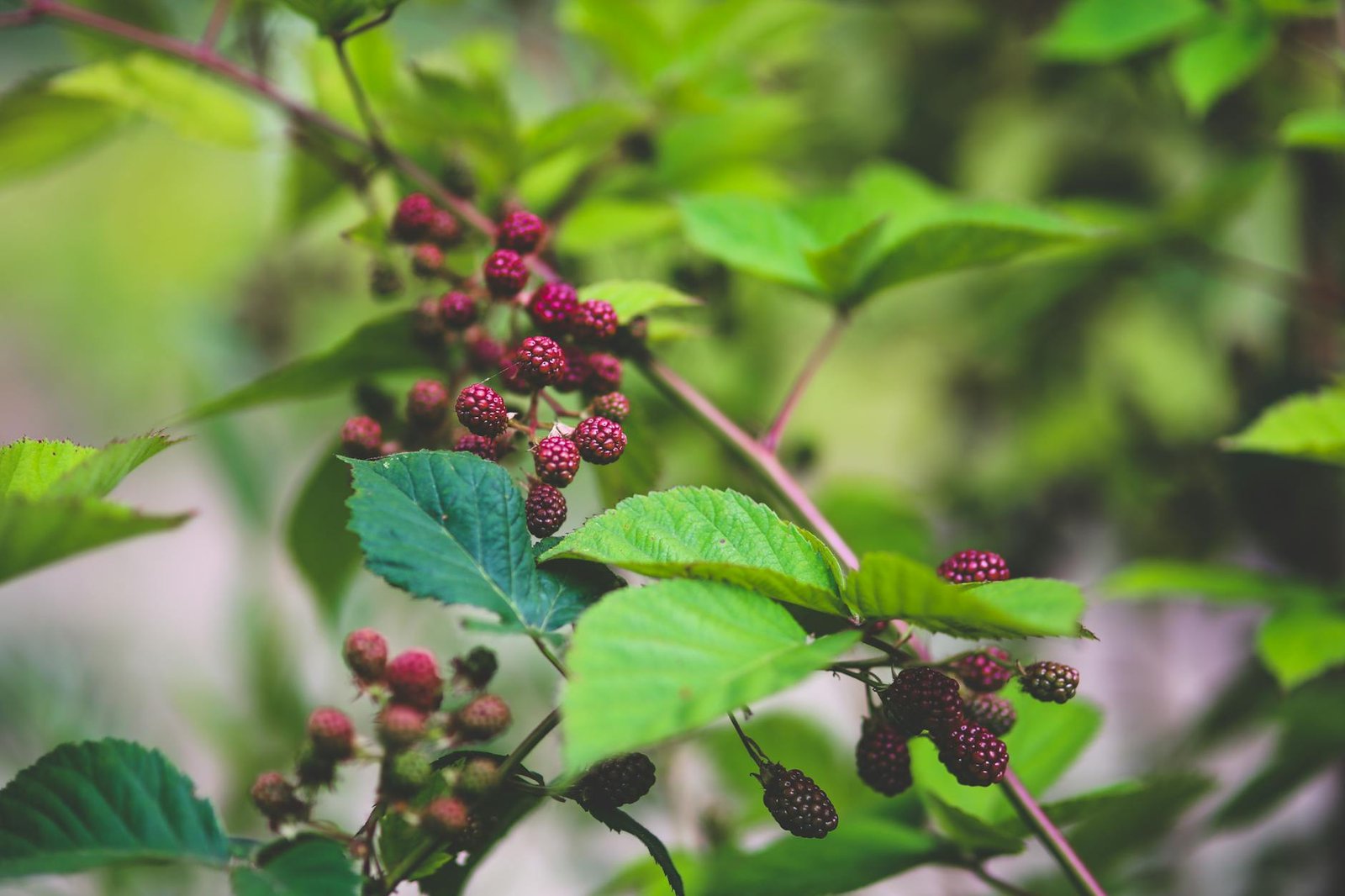
So, as we continue our exploration into the dietary habits of alpacas, remember that it’s a complex dynamic, anchored on their adaptability, selectivity, and sometimes surprising eating habits. From grazing on rich, lush grasslands to demonstrating an unexpected curiosity towards blackberry bushes, it’s unquestionable – alpacas are as intriguing as they are adaptable in their diet.
Understanding the Prickly Predicament: Can Alpacas Eat Blackberry Bushes?
When observing alpacas, it’s noticeable how discriminating they are with their diet. Contrary to some assumptions, they don’t simply devour the most abundant source of greens available. Rather, they display a significant level of choice and adaptability. This adaptability raises the intriguing question – can alpacas eat blackberry bushes?
Many of us, myself included, would initially say no due to the thorn-laden nature of these bushes. The thought of these lovable creatures wedding their snouts into prickly shrubbery seems implausible. However, the simple answer to this prickly predicament is: yes, some alpacas can and do eat blackberry bushes.
Alpacas have developed a fascinating way of consuming these thorny plants. They nibble around the prickly sections with surprising dexterity. They’re capable of eating the leaves and stems while skillfully avoiding the thorns. As much as this method seems unlikely, I’ve seen them in action, and it’s genuinely incredible to witness!
Although blackberry bushes aren’t a primary part of an alpaca’s diet, they can provide nutritional value. Like most leafy plants, blackberry leaves are high in vitamins and fiber. From my research, I’ve gleaned some interesting data on the nutritional value that blackberry leaves can offer.
| Nutrient | Quantity per 100g Blackberry Leaves |
|---|---|
| Fiber | 25g |
| Vitamin A | 5.4mg |
| Vitamin C | 21mg |
| Calcium | 290mg |
| Potassium | 458mg |
However, it’s essential for alpaca owners to monitor their animals because not all alpacas seem to have this unusual penchant for prickly treats. Just as with humans, individual taste and dietary preference can differ greatly among alpacas.
Blackberry bushes can sometimes be a treat for alpacas, acting almost like an all-natural toothpick, helping clean their teeth as they chew around the thorns carefully. This “can they, can’t they” dilemma is another testament to the range and adaptability of an alpaca’s dietary habits.
The Thorny Truth: Debunking Myths About Alpacas and Blackberry Bushes
Let’s delve deeper into the intriguing world of Alpaca’s dietary habits, particularly focusing on their interaction with blackberry bushes. The myth that Alpacas relish blackberry leaves and stems, skillfully avoiding the thorns, is half the truth. Here’s what you need to know.
Firstly, it’s important to remember that Alpacas are highly adaptable and selective eaters. Their diet mostly consists of grasses, herbs and small trees. However, it doesn’t mean they’ll turn down a tasty treat if they come across one. Blackberry bushes, although not a regular part of their diet, can occasionally provide a supplemental nutritional boost.
Secondly, it’s not just about the nutritional aspect. The question of whether Alpacas can eat blackberry bushes also revolves around their ability to navigate the thorny obstacles. Surprisingly, Alpacas are more than capable. Their long, flexible lips and tongue allow them to nibble on the leaves and stems, astutely avoiding the prickly thorns.
However, the consumption of blackberry bushes shouldn’t be taken as a given for all Alpacas. Like humans, they have individual dietary preferences and some might not favour these spiky snacks. While a few might cautiously munch on them, others might choose to pass.
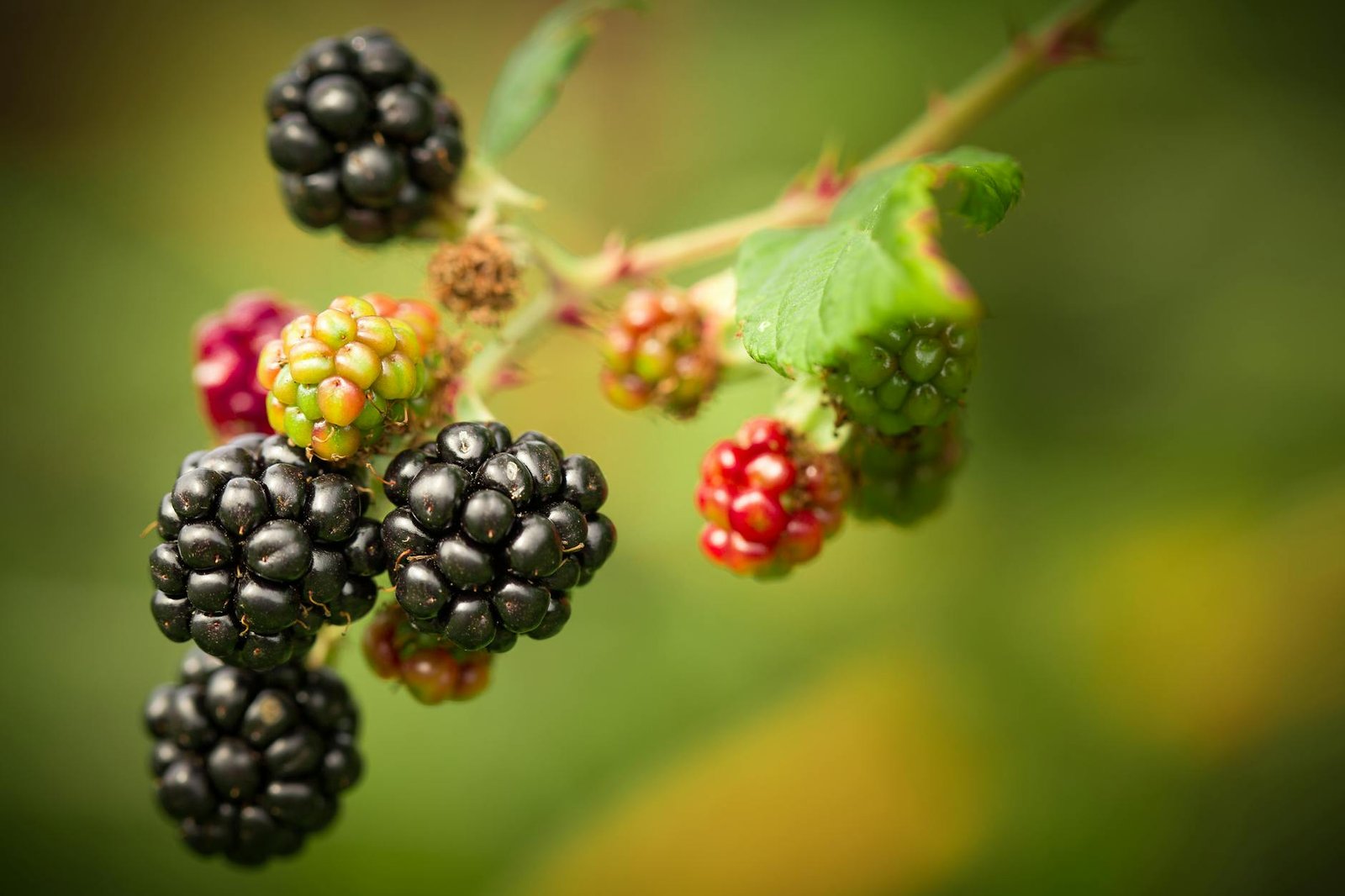
It’s also worth mentioning that overconsumption of blackberry bushes could pose potential risks like injury to the mouth or digestive issues. Consequently, it’s advisable that they are offered as a small treat or supplement rather than a mainstay of the Alpaca’s diet.
So, the truth about Alpacas and blackberry bushes isn’t quite as straight-forward as it seems. They could eat them but they don’t necessarily prefer them. The adaptability of these creatures is truly impressive.
From their ability to navigate prickly bushes to their individuality in taste, Alpacas continue to surprise and enrich our understanding of their lifestyle and their preferences in the wild.
Feeding Alpacas: Best Practices for Providing a Balanced Diet
Having established that alpacas can indeed eat blackberry bushes, it’s important to delve into the question of what constitutes a balanced diet for these resilient creatures. Alpacas exhibit a rather diverse range of dietary habits. They’re known for being selective eaters, preferring certain foods over others. However, blackberry bushes should be viewed as a treat or supplement, not a dietary staple for these animals.
Top-quality hay, specifically second cutting mixed grass hay that’s soft and leafy, is the mainstay of an alpaca’s diet. Given their efficient digestive systems, alpacas don’t require much to fill them up. Furthermore, to ensure your alpacas are receiving all the necessary nutrients, introduce a grain balance into their diets.
The table below illustrates a sample diet for alpacas:
| Food Type | Quantity |
|---|---|
| Hay | 1- 2 lbs per day |
| Grain Balance | 1/2 cup a day |
Creating a balance between these recommended foods will keep the alpacas healthy and vibrant. It’s important to note that feeding habits can vary due to factors like age, pregnancy status, weather, and location.
Variety is key when it comes to an alpaca’s diet. Including a range of fruits, vegetables, and low-sugar treats can boost the nutritional value of their meals. Blackberry leaves and stems can be a part of this variation.
It’s also crucial to ensure ready availability of fresh, clean water. Alpacas can become dehydrated quickly, particularly in hot weather.
While feeding alpacas might seem straightforward, it’s a task that requires careful thought and planning. Avoid overfeeding your alpaca to prevent obesity and related health issues. It’s advised to keep close tabs on your alpacas’ health and make necessary adjustments in their diet as needed.
Through consistent monitoring and maintaining a balanced, diverse diet, alpaca caregivers can ensure the wellbeing of their animals while also catering to their individual tastes. We’ve debunked the myth that all alpacas enjoy blackberry bushes – understanding that these are creatures marked by individual dietary preferences is key. By learning about and respecting these preferences, we can enrich their lifestyle while acknowledging the inherent adaptability that defines the alpaca species.




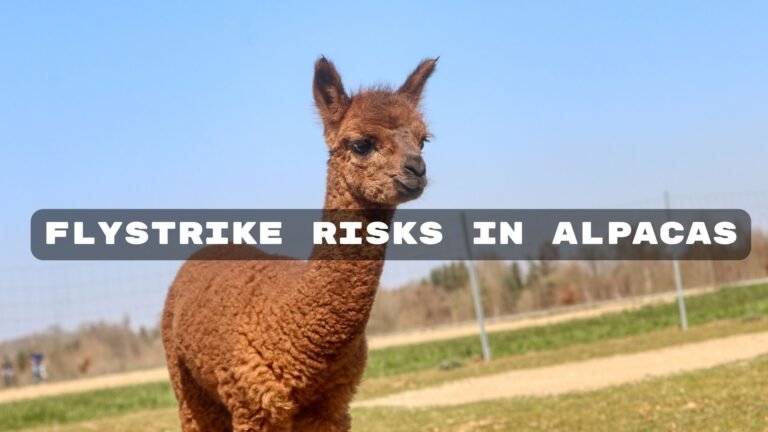
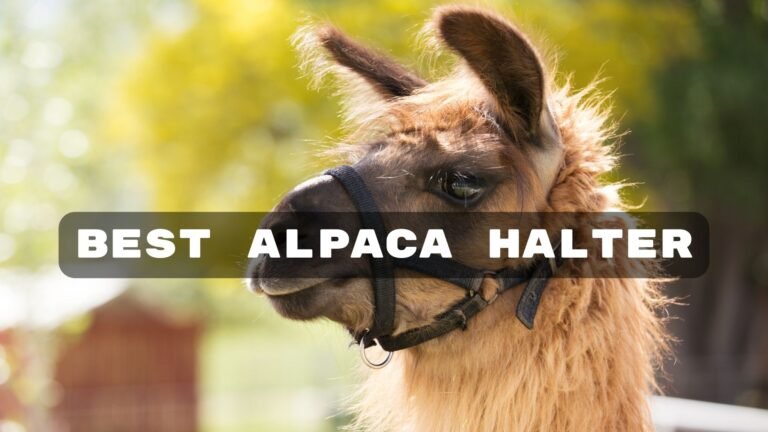


One Comment
Our picks
Alpaca & Wool Felted Sole Inserts: Comfy Upgrade?
Best Alpaca Socks for Hiking: Ultimate Comfort and Durability on Trails
Best Alpaca Halter for Comfort and Control